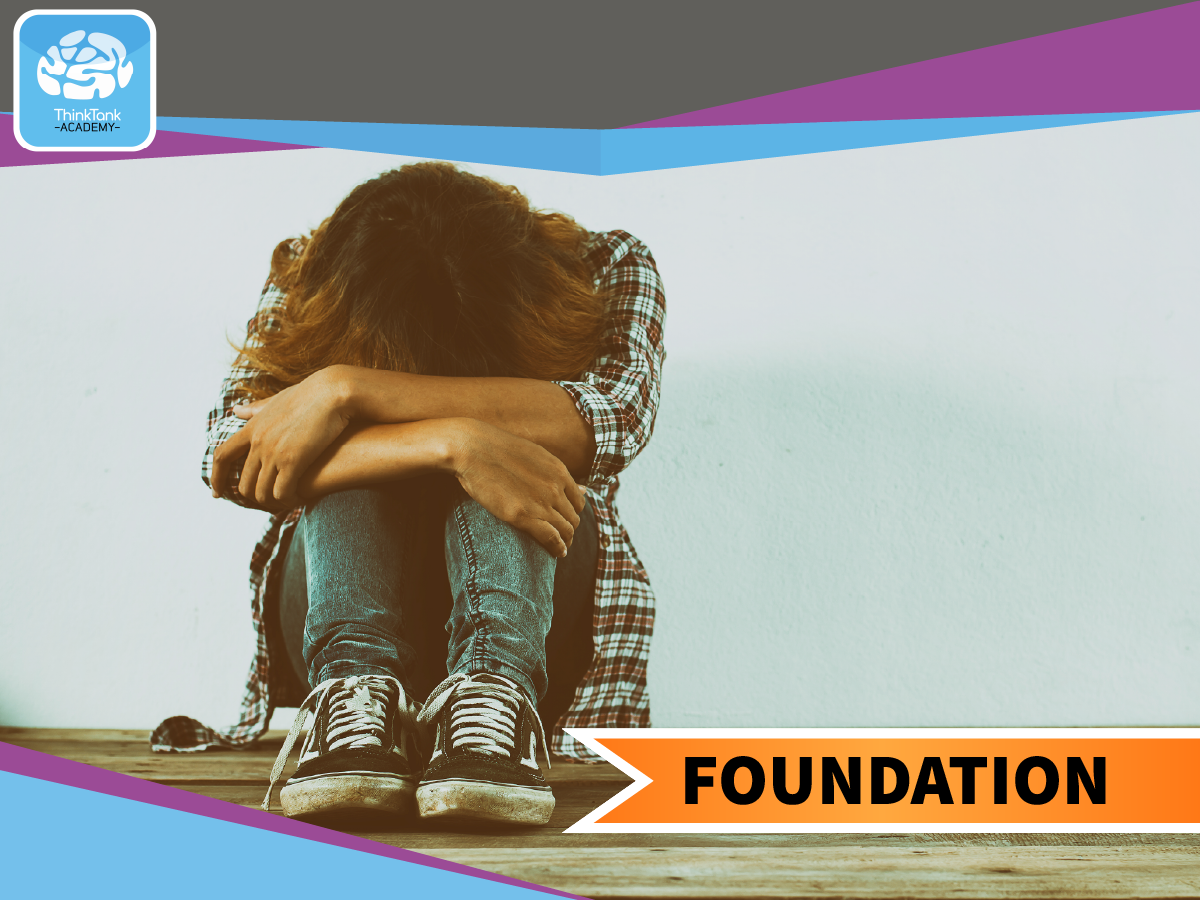
Child Sexual Exploitation - Children's Care - Foundation Level
Course Overview This is a training session for people working with Children and Young People who are victims of Sexual Exploitation. This course aims to raise awareness of the differences between Child Sexual Exploitation and other forms of abuse. It will provide learners with an understanding and awareness of the impact and prevalence of sexual exploitation and how victims are identified and targeted. It will outline the stages of grooming and will discuss the lessons learned from the Serious Case Reviews. This course can be completed via the website, on PC, laptop etc. For mobile phones it is recommended to use the app for IOS or Android devices. Aims & Objectives Help the learner to differentiate between Sexual Exploitation and other forms of abuse To form an understanding of the scale and prevalence of Sexual Exploitation within society To identify the stages of Grooming To demonstrate an understanding of best practice Course Audience Health Care Workers, Social Care Workers, Children’s Centre Practitioners, Youth Workers, Education Workers and Police/ Probation staff
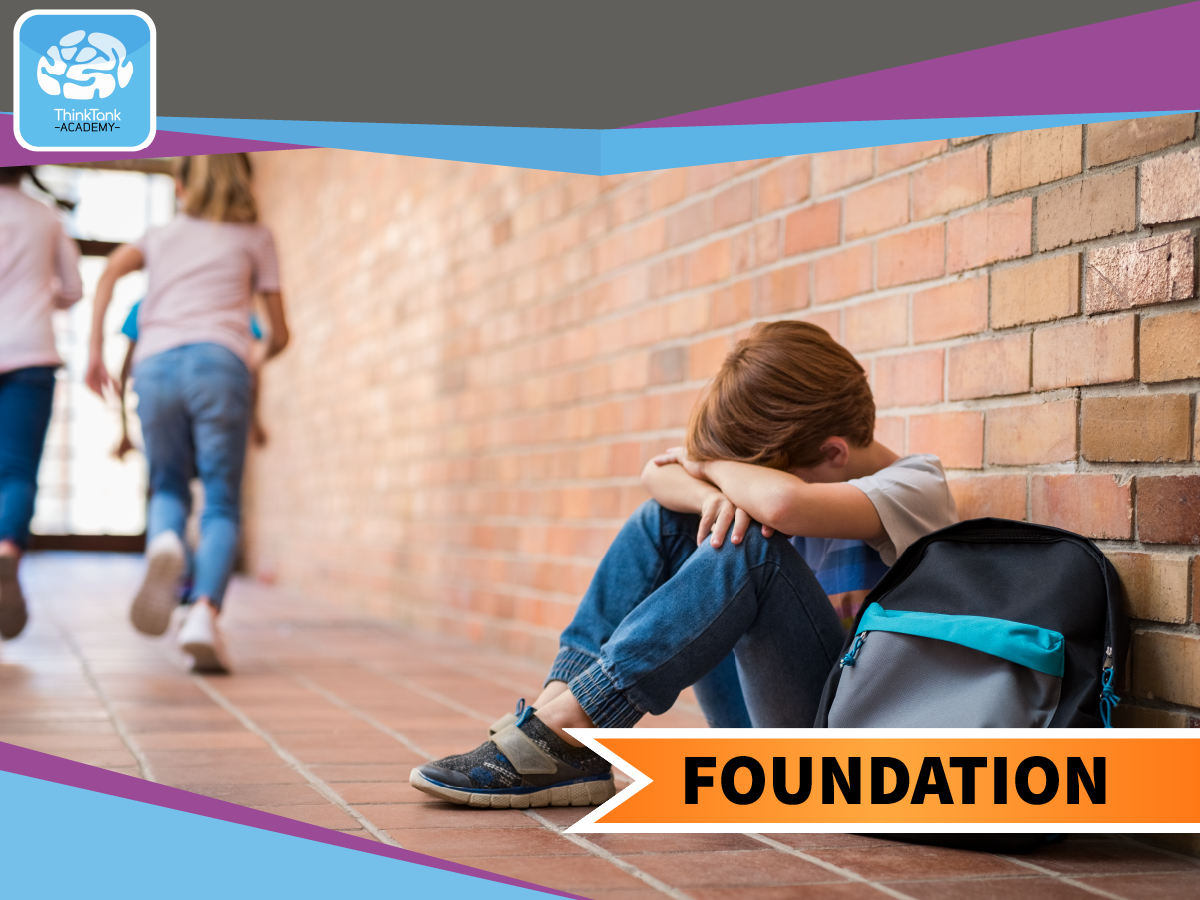
Bullying Awareness - Children's Care - Foundation Level
Course Overview This course is designed for people working with Children and Young People who are victims or perpetrators of Bullying. The course will raise awareness of bullying, will encourage the learners to self-reflect on their practice in relation to bullying and will introduce strategies to manage it. It also covers the underpinning theories to support knowledge acquisition. The programme benefits from narrative scenarios and activities with ongoing assessment making it engaging and interactive. This course can be completed via the website, on PC, laptop etc. For mobile phones it is recommended to use the app for IOS or Android devices. Aims & Objectives Understand the nature of bullying Describe the consequences of bullying Identify the different types of bullying Recognise the signs and symptoms Explain how to manage an incident Help to support the victim and the perpetrator Help to reduce the number of incidents Course Audience Health Care Workers, Social Care Workers, Children’s Centre Practitioners, Youth Workers, Education Workers
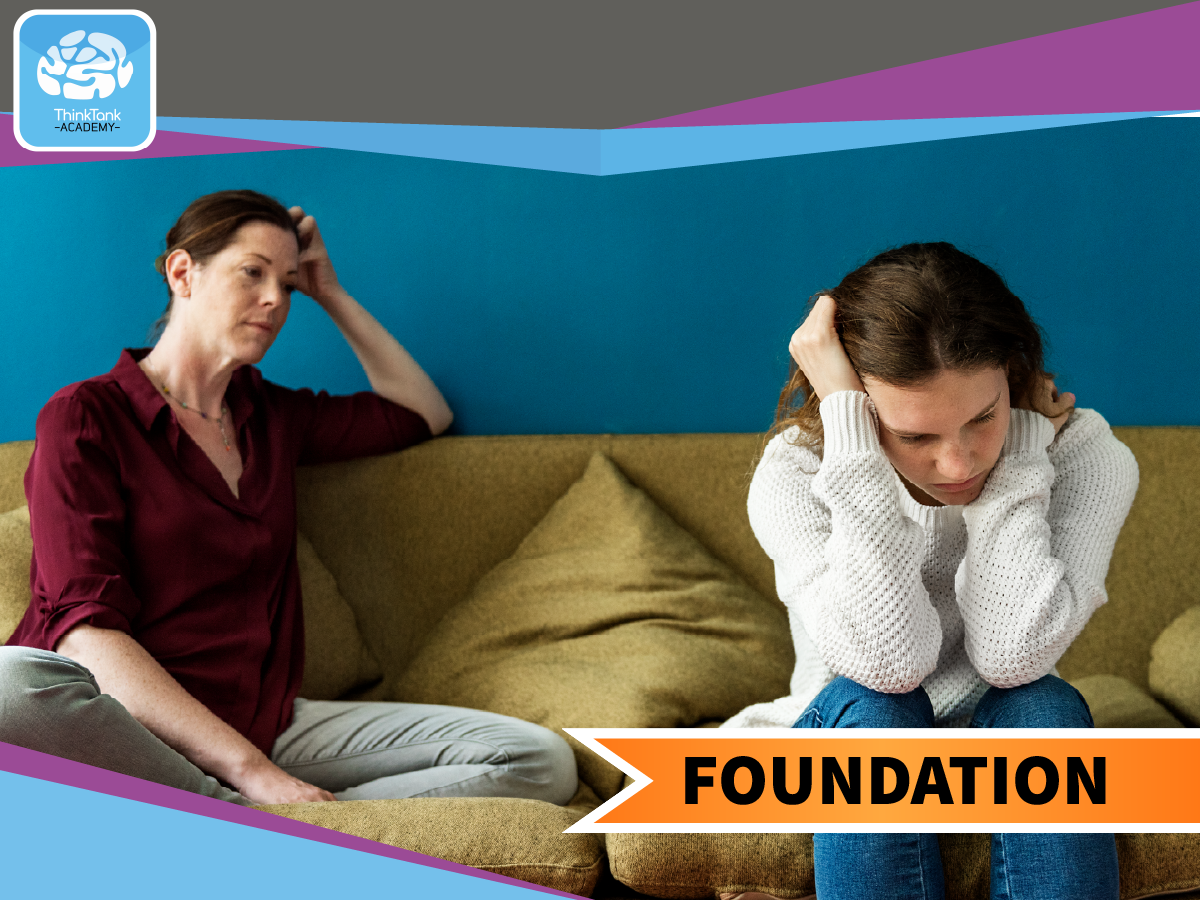
Attachment - Children's Care - Foundation Level
Course Overview Attachment underpins the relationships that Children and Young People have with staff and other Children and Young People. This course will provide strategies to help staff support Children and Young People with negative attachments. The programme benefits from narrative scenarios and activities with ongoing assessment making it engaging and interactive. This course can be completed via the website, on PC, laptop etc. For mobile phones it is recommended to use the app for IOS or Android devices. Aims & Objectives Define attachment Discuss the background, facts and evidence of attachment in Children and Young People Help you to be aware and understand the underpinning theory of attachment Identify barriers for Children and Young People with Insecure Attachments Recognise behaviours linked to negative attachment experiences Suggest strategies to help Children and Young People with poor attachments Course Audience Health Care Workers, Social Care Workers, Nursing staff, Day Care/Centre workers, Home Care Staff, Agency staff.
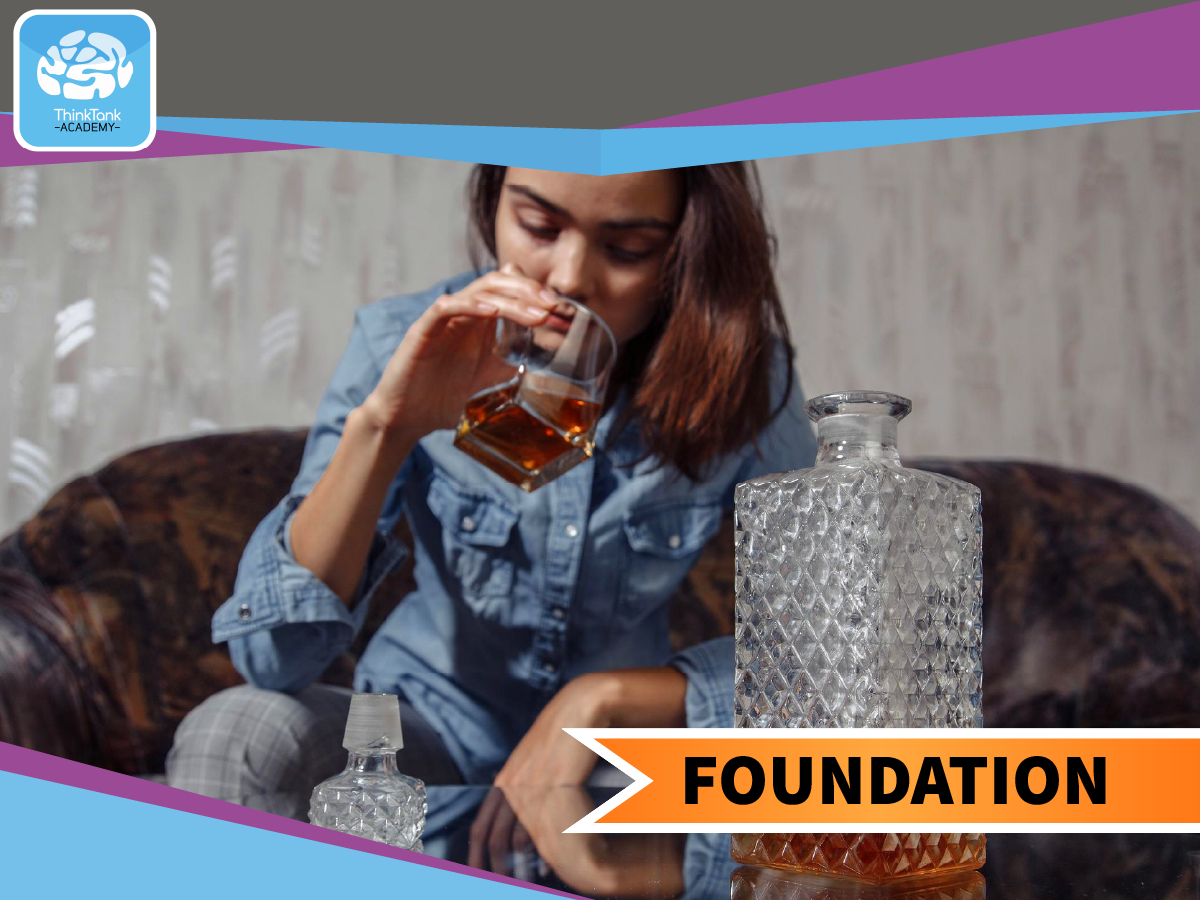
Alcohol Awareness - Children's Care - Foundation Level
Course Overview This course will provide an awareness of the effects of alcohol on Children and Young People and enable support staff to deal with alcohol related incidents in childcare settings. The programme benefits from narrative scenarios and activities with ongoing assessment making it engaging and interactive. This course can be completed via the website, on PC, laptop etc. For mobile phones it is recommended to use the app for IOS or Android devices. Aims & Objectives Help support staff to recognise when somebody is drunk and what to do if they are Identify the short and long-term effects of alcohol Deal with an alcohol related incident in the home Talk to a child or young person about alcohol related issues Recognise changes in behaviour that could point towards a drinking habit Course Audience Health Care Workers, Social Care Workers, Children’s Centre Practitioners, Youth Workers, Education Workers.

Administration of Medication for Vulnerable Adults - Adult Care - Foundation Level
Course Overview This Administration of Medication training has been written for adults that work in the care industry with vulnerable adults. The course raises awareness and gives an insight into the legislation that relates to Medication Administration and the safe handling of medications. The 7 rights of Medication Administration are discussed in depth to embed good practice within the workplace. Record keeping and the importance of this is highlighted, along with templates of two different types of MAR charts, the details that are on a MAR chart and why they are there. The importance of checking labels and medication leaflets and why an individual should have knowledge of what the medication is/does before they are administering it. Information around the Storing and disposing of medication to ensure health and safety guidelines can be adhered to is included in the course. Allergies and adverse reactions are incorporated along with the responsibility of support staff should there be concerns about a potential reaction, along with the importance of supporting individuals with self-administration. The programme benefits from animated scenes and activities with ongoing assessment making it engaging and interactive. Aims & Objectives Safe handling of medication 7 R’s Different types of medication Routes into the body Record keeping Storing and disposing of medication How to handle errors Allergies/Adverse reactions Self-administration Course Audience Adult Practitioners in the Adult Social Care sector
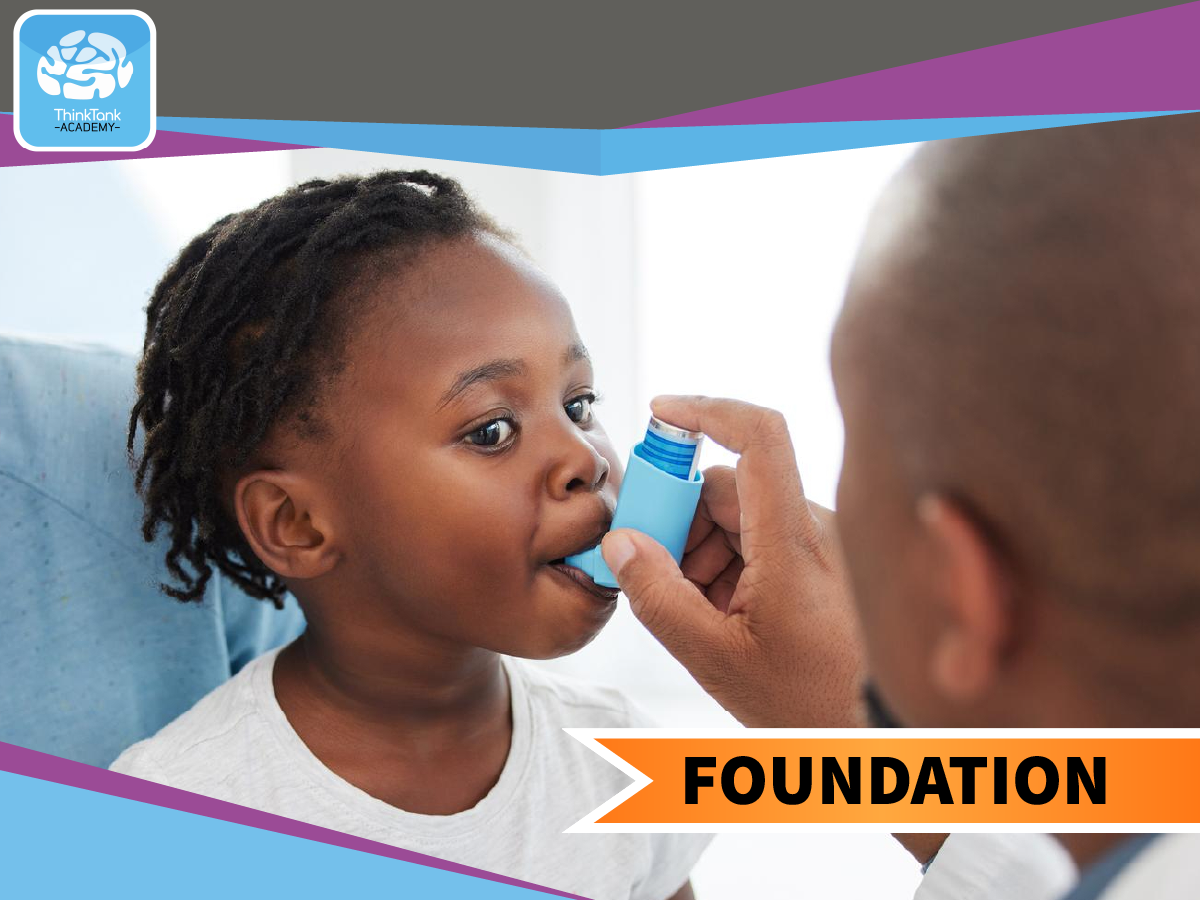
Administration of Medication for Looked After Children - Children's Care - Foundation Level
Course Overview This Administration of Medication training has been written for adults that work in the care industry with Children and Young People. The course raises awareness and gives an insight into the legislation that relates to Medication Administration and the safe handling of medications. The 7 rights of Medication Administration are discussed in depth to embed good practice within the workplace. Record keeping and the importance of this is highlighted, along with templates of two different types of MAR charts, the details that are on a MAR chart and why they are there. The importance of checking labels and medication leaflets and why an individual should have knowledge of what the medication is/does before they are administering it. Information around the Storing and disposing of medication to ensure health and safety guidelines can be adhered to is included in the course. Allergies and adverse reactions are incorporated along with the responsibility of support staff should there be concerns about a potential reaction, along with the importance of supporting individuals with self-administration. The programme benefits from animated scenes and activities with ongoing assessment making it engaging and interactive. This course can be completed via the website, on PC, laptop etc. For mobile phones it is recommended to use the app for IOS or Android devices. Aims & Objectives Safe handling of medication The 7 R’s Different types of medication Routes into the body Record keeping Storing and disposing of medication How to handle errors Allergies/Adverse reactions Self-administration Course Audience Health Care Workers, Social Care Workers, Care and Support Centre Practitioners, Support Workers, and Nursing Staff who work with Children.

Complaints and Allegations - Children's Care - Intermediate Level
Complaints and Allegations - Children's Care - Intermediate Level Course Overview Complaints and Allegations - Children's Care - Intermediate Level training course is designed to give people the confidence to make a complaint without feeling anxious or uncomfortable. It provides advice on how to support people with complaints procedures and provides advice on how to be honest and open when doing so. The activities encourage reflection that can be implemented into practice. Then, the quiz is completed at the end of the course to consolidate learning. A session re-cap is held where the learner can ask any further questions and key factors are stated by the Tutor. Learners are given the opportunity to reflect on what they have gained from the programme. This course can be delivered in face-to-face classroom environment or a virtual classroom via a webinar: on PC, laptop etc. For mobile phones it is recommended to use the app for IOS or Android devices. Aims & Objectives To comply with the National Minimum Standards for children and Children’s Homes Regulations For all complainants to be confident about complaining without fear of reprisal For the process to be open, transparent and fair To clarify the procedure for making complaints Course Audience Practitioners in the Social Care Sector

Safeguarding for Designated Officers - Children's Care - Advanced Level
Course Overview Safeguarding for Designated Officers - Children's Care - Advanced Level - 2 Day training course provides progression from the Safeguarding Intermediate Level course. This is a full 2 day training session for people who hold designated officer roles, those in senior leadership and executive roles and those working with children. This course is to enable the learner to gain the skills needed to protect children and young adults at an operational and strategic level. Learners will be supported to analyse key legislation, guidance and demonstrate how this influences your organisation’s policies and procedures. Learners will also reflect on decision making, their own values and perspective and consider the impact that these have on professional practice. Over the two days, the session will identify barriers to reporting, the process to follow when concerns have been raised and the principles of serious case reviews and complex safeguarding investigations. The course features a range of role play, group work, case scenarios and activities and discussions to enhance learner skill development. This course offers a blended learning approach including a short scenario, a workbook, infographics and a classroom style training session. This course can be delivered in face-to-face classroom environment or a virtual classroom via a webinar: on PC, laptop etc. For mobile phones it is recommended to use the app for IOS or Android devices. Aims & Objectives Identify what is meant by safeguarding and child abuse Identify the relevant legislation and guidance that provides the framework for safeguarding young people Name the categories of child abuse and neglect and recognise the signs and indicators of each Recognise how own beliefs, experience and attitudes might influence professional involvement in safeguarding work State how to respond to concerns about the safety and welfare of a child/young person using their organisations child protection policy and procedures Identify blocks to children reporting concerns Course Audience Psychologists, Teachers, Speech Therapists, Learning Support Assistants, Residential Social Workers, Health Care Workers, Social Care Workers, Support Centre Practitioners, Youth Workers, Support Worker, Nursing Staff, Children’s Residential Care Workers, Education workers, Senior Managers and Executives working with children and vulnerable young people.

Leaving Care - Children's Care - Intermediate Level
Course Overview Leaving Care - Children's Care - Intermediate Level training course is designed to aid understanding of the importance of adequate planning for Young People leaving care. It highlights the barriers that Young People face and gives practical advice on the process, with policy and procedure and provides an insight into the types of things that they are entitled to. It raises awareness of the importance of training in the subject and reinforces the importance of documentation. It gives an insight into how Practitioners can support Young People in this difficult transition. The activities encourage reflection that can be implemented into practice. Then, the quiz is completed at the end of the course to consolidate learning. A session re-cap is held where the learner can ask any further questions and key factors are stated by the Tutor. Learners are given the opportunity to reflect on what they have gained from the programme. This course can be delivered in face-to-face classroom environment or a virtual classroom via a webinar: on PC, laptop etc. For mobile phones it is recommended to use the app for IOS or Android devices. Aims & Objectives Define leaving care and give a brief history of past practices and attitudes Include factors that impact on leaving care experiences Describe Pathway Plans and give examples of Independence Plans Highlight the importance of corporate parenting Introduce recent developments that could affect practice Provide learners with advice on how to support young care leavers Engage learners in reflective practice with the view to implement into their role Course Audience Residential Care Workers, Health Care Workers, Social Care Workers, Children’s Centre Practitioners, Youth Workers

T.A.N.K. Positive Behaviour Support and Physical Intervention - Children's Care - Advanced Level
T.A.N.K. Positive Behaviour Support and Physical Intervention - Children's Care - Advanced Level THINK – ASSESS – NURTURE – KEEP CONTROL Course Overview T.A.N.K. is two-day, classroom-based training programme, designed specifically to help people working with children and vulnerable adults, who can often display challenging behaviour whilst in crisis. T.A.N.K. focuses on developing an understanding of how this behaviour can present itself in the care environment. It provides both theoretical and practical skills to help delegates respond positively employing strategies and interventions that can safely de-escalate situation, minimising the risk to themselves and young person. Delegates are supported to analyse different behaviours, dynamically risk manage situations, considering strategies and interventions to safely manage behaviour. Delegates will analyse and reflect on relationship between trauma attachment, mood, and behaviour leading to long-term improvement. The course features group work, practical activities, and discussion to enhance skills development. Our highly experienced Trainers are passionately dedicated to reducing the use of physical restraints, and although the use of restraints and physical intervention are included, this is as a last resort, only using these when all other strategies have proved unsuccessful. Aims and Objectives Interventions which impact positively on the delegate and the people they support Demonstrate how to positively reinforce good behaviour Reflect on positive and negative consequences of behaviour Provide a toolkit that delegates can use to provide safe and meaningful intervention Introduce the concept of social reinforcement and how this can work in care and support environments Course Audience Residential Care Workers, Health Care Workers, Social Care Workers, Children’s Centre Practitioners, Youth Workers, Teachers and Early Years Practitioners

Safer Recruitment - Children's Care - Intermediate Level
Course Overview Safer Recruitment - Children's Care - Intermediate Level training course is a training session for people working with children. This course is for those working in Safer recruitment, safer recruitment is a set of practices to help make sure your staff are suitable to work with children. It’s a vital part of creating a safe and positive environment and making a commitment to keep children and safe from harm. The course features a range of group work, activities and discussions to enhance learner skill development. This course offers a blended learning approach including a short scenario, a workbook, infographics and a classroom style training session. This course can be delivered in face-to-face classroom environment or a virtual classroom via a webinar: on PC, laptop etc. For mobile phones it is recommended to use the app for IOS or Android devices. Aims & Objectives Assessing the risks that safer recruitment can pose to children Support your team in Managing Safer Recruitment Understands why it’s important to develop child protection and safeguarding measures and that you have support from the highest level in your organisation Develop a robust safeguarding and safer recruitment policy Outline expectations and behaviours that are acceptable within your organisation Selecting the right staff Course Audience Psychologists, Teachers, Speech Therapists, Learning Support Assistants, Residential Social Workers, Health Care Workers, Social Care Workers, Support Centre Practitioners, Youth Workers, Support Worker, Nursing Staff, Children’s Residential Care Workers.
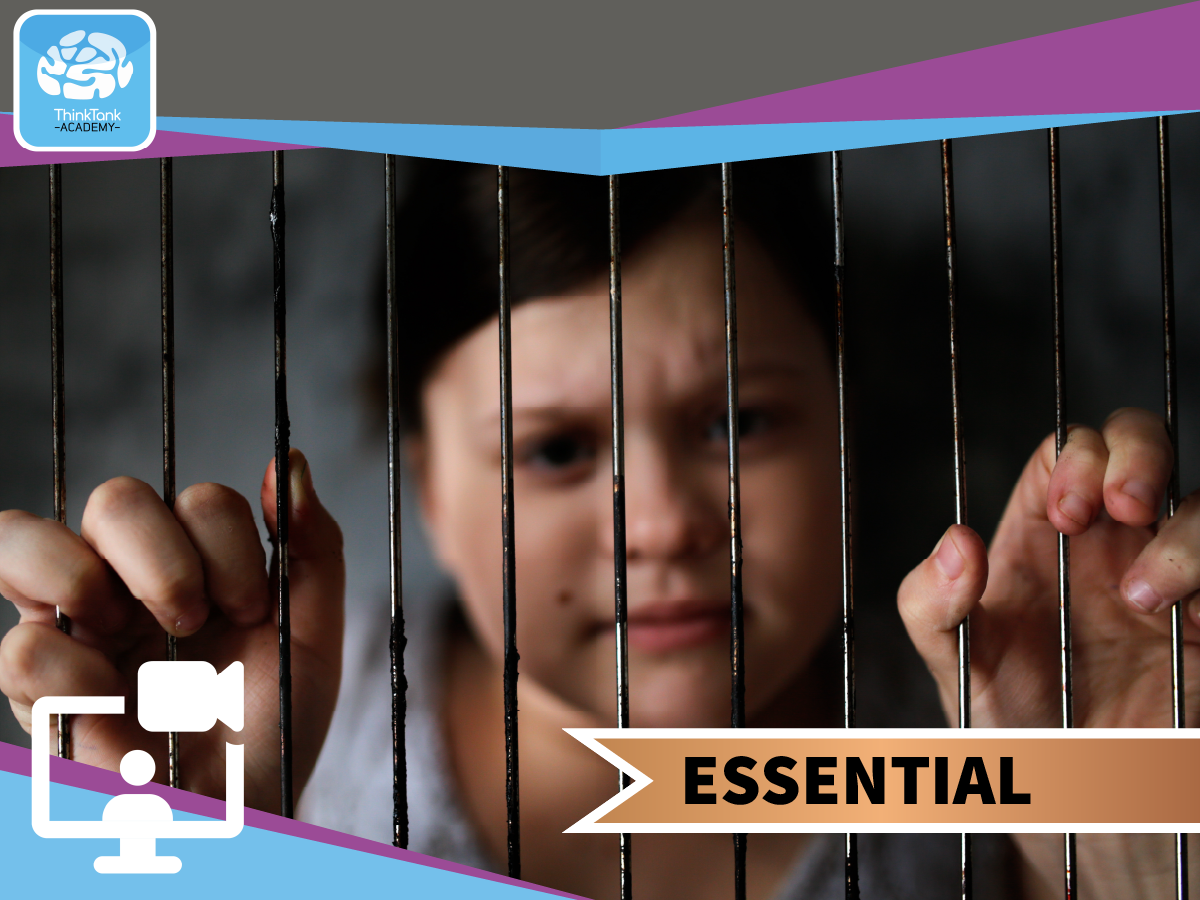

Trauma - Children's Care - Essential Level
Course Overview Trauma - Children's Care - Essential Level training course is designed to aid understanding of Trauma and how it can affect the lives of people long after the event that caused it. An understanding of what causes it will be provided along with techniques and strategies to reduce the negative impact it leaves on people. The activities encourage reflection that can be implemented into practice. Then, the quiz is completed at the end of the course to consolidate learning. A session re-cap is held where the learner can ask any further questions and key factors are stated by the Tutor. Learners are given the opportunity to reflect on what they have gained from the programme. The course features a range of group work, activities and discussions to enhance learner skill development. This training session can be accessed via a link and is accessible from a range of devices including IOS and Android platforms. Aims & Objectives Define Trauma and how the body responds to it Give examples of traumatic experiences and reactions to Trauma Discuss the effects of Trauma on Children and Young People Highlight trauma triggers and responses Give an overview of trauma informed care Discuss that challenges that staff can face and give advice on how to help Children and Young People and the importance of self-care Course Audience Health Care Workers, Social Care Workers, Nursing staff, Day Care/Centre workers, Home Care Staff, Agency staff.
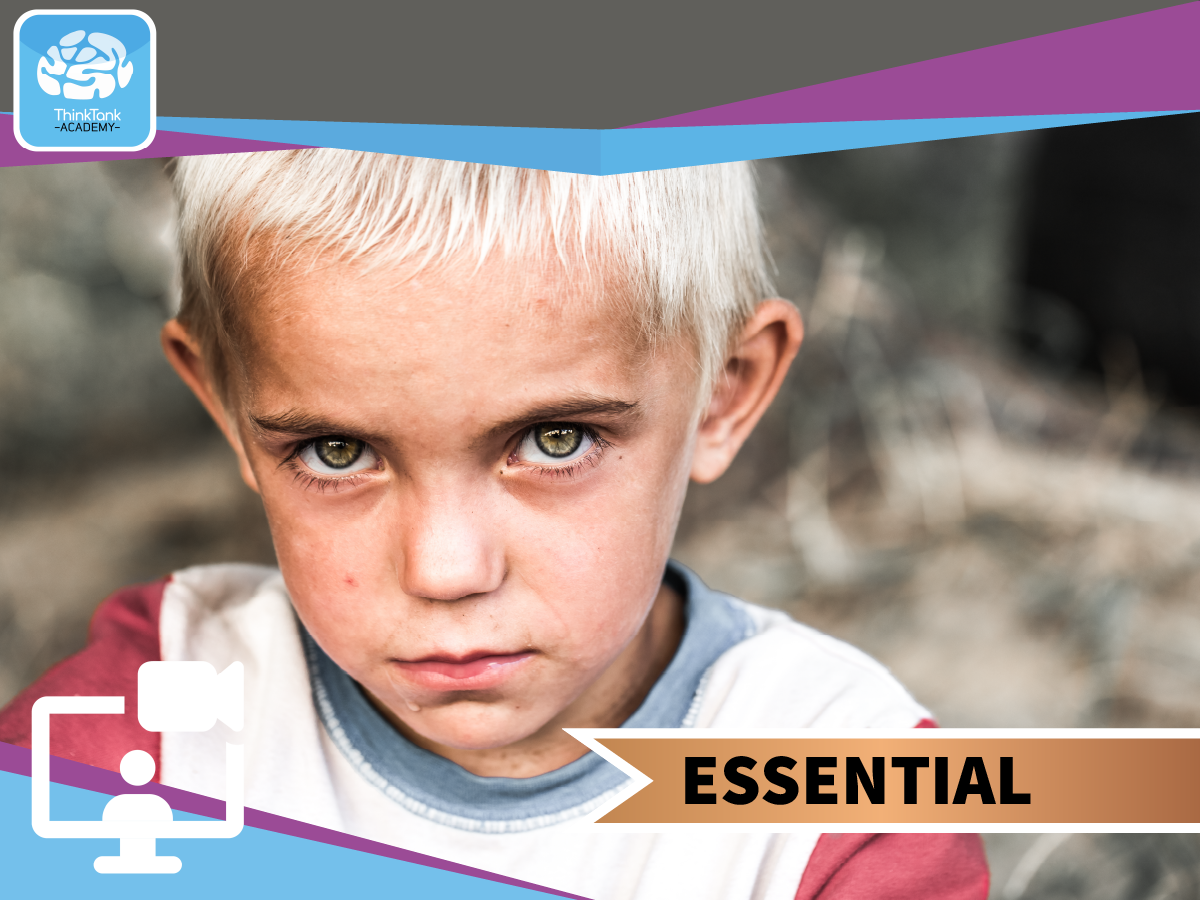



Exploitation Awareness - Children's Care - Essential Level
Course Overview Exploitation Awareness - Children's Care - Essential Level training course is designed to highlight the fact that Child Exploitation refers to a child or young person being used for someone else’s gain and that Child exploitation is a form of abuse which can involve sexual, abusive or manipulative behaviour. This course supports practitioners to recognise the indicators and respond appropriately to individuals that are being Exploited. It includes the ‘grooming process’ and how perpetrators manipulate young people into inappropriate relationships and risky behaviours It incorporates the relevant legislation around Exploitation and provides advice on how to support children and young people who have suffered this type of abuse and some excellent resources around Exploitation and who we can signpost to. This course can be delivered in face-to-face classroom environment or a virtual classroom via a webinar: on PC, laptop etc. For mobile phones it is recommended to use the app for IOS or Android devices. Aims and Objectives Give an understanding of the scale of the issue CSE and CCE Include a background of exploitation Recognise the stages of grooming Identify the signs of CSE and CCE Recognise the lessons learned from the Rotherham Raise awareness of County lines Push/ Pull Factors Protocols Resources & Links Course Audience All practitioners that engage with Children and Young People in the workplace (sports, education, health and social care, criminal justice, hospitality, retail, Guides/ Scouts, Volunteers etc).


Equality and Diversity - Adult and Children's Care - Essential Level
Course Overview Equality and Diversity - Adult and Children's Care - Essential Level training course provides progression from the Equality and Diversity – Foundation Level and builds upon the information and guidance provided within that course. Within this course we will raise awareness of the impact that discrimination has and how this can present itself. We will discuss the many forms of discrimination and the consequences of this and will provide the learner with practical advice to overcome discrimination within the workplace and how to create an inclusive culture where Equality and Diversity underpins everything you do. This training session can be accessed via a link and is accessible from a range of devices including IOS and Android platforms. This course offers a blended learning approach including a short scenario, Kinesthetic games which can be used in the workplace, a workbook, infographics and a classroom style training session. Aims & Objectives To raise awareness of Equality and Diversity and demonstrate the impacts that it can have if not adhered to well Understand the terms Equality and Diversity and be able to demonstrate the difference between the two Identify different forms of discrimination Recognise protected characteristics Address and deal with incidents of discrimination Identify specific types of prohibited conduct Course Audience This is a cross sector course and will benefit all professionals, frontline workers and leaders.




Safer Recruitment - Children's Care - Intermediate Level
Course Overview Safer Recruitment - Children's Care - Intermediate Level training course is a training session for people working with children. This course is for those working in Safer recruitment, safer recruitment is a set of practices to help make sure your staff are suitable to work with children. It’s a vital part of creating a safe and positive environment and making a commitment to keep children and safe from harm. The course features a range of group work, activities and discussions to enhance learner skill development. This course offers a blended learning approach including a short scenario, a workbook, infographics and a classroom style training session. This course can be delivered in face-to-face classroom environment or a virtual classroom via a webinar: on PC, laptop etc. For mobile phones it is recommended to use the app for IOS or Android devices. Aims & Objectives Assessing the risks that safer recruitment can pose to children Support your team in Managing Safer Recruitment Understands why it’s important to develop child protection and safeguarding measures and that you have support from the highest level in your organisation Develop a robust safeguarding and safer recruitment policy Outline expectations and behaviours that are acceptable within your organisation Selecting the right staff Course Audience Psychologists, Teachers, Speech Therapists, Learning Support Assistants, Residential Social Workers, Health Care Workers, Social Care Workers, Support Centre Practitioners, Youth Workers, Support Worker, Nursing Staff, Children’s Residential Care Workers.


Health and Safety Including COSHH - Adult and Children's Care - Intermediate Level
Course Overview Health and Safety Including COSHH - Adult and Children's Care - Intermediate Level training course is designed to support learners to comply to all Health and Safety legislation and regulations in the workplace. It includes advice on how to keep themselves and children and vulnerable individuals safe from harm of various types such as fire safety, infection control, moving and handling and hazardous substances. It highlights the difference between risk and hazards and educates learners on how to avoid and respond to both and provides information and guidance around the assessment of risk. This course can be delivered in face-to-face classroom environment or a virtual classroom via a webinar: on PC, laptop etc. For mobile phones it is recommended to use the app for IOS or Android devices. Aims and Objectives Outline legislation relating to Health and Safety in the workplace Identify regulators appropriate to the workplace Explain policies, procedures and regulations relevant to health & safety Explain responsibilities of self, employer, others relevant to health & safety Identify the difference between risk and hazard Give examples of how to risk assess Identify possible accidents and illnesses within the service Provide an overview of First Aid factors to consider Present correct moving and positioning methods to consider Discuss key areas of infection control and contamination Identify hazardous substances relevant to learners’ services Examine Fire Safety, including PEEP’s Provide information and guidance on stress Course Audience This course is designed for any practitioners that work in the Health and Social Care Industry.


ADHD Awareness - Children's Care - Essential Level
Course Overview ADHD - Children's Care - Essential Level training course intends to provide learners with knowledge and understanding of what ADHD is and what it presents as. It includes the different types of ADHD and describes ineffectiveness, hyperactivity and impulsiveness and discusses the causes. Legislation and interventions are included that can be followed in the workplace. The activities encourage reflection that can be implemented into practice. There is a quiz to complete at the end of the course to consolidate learning. A session re-cap is held where the learner can ask any further questions and key factors are stated by the tutor. Learners are given the opportunity to evaluate their learning experience. This course can be delivered in face-to-face classroom environment or a virtual classroom via a webinar: on PC, laptop etc. For mobile phones it is recommended to use the app for IOS or Android devices. Aims & Objectives Have a basic understanding of what ADHD is Understand how as a carer we support a child or young person with ADHD ADHD and their types Girls and Boys and the effects Causes of ADHD Theory behind ADHD How is ADHD diagnosed Course Audience Practitioners in the health and social care sector.


Recording and Reporting - Children's Care - Intermediate Level
Course Overview Recording and Reporting - Children's Care - Intermediate Level training course provides a training session for people working in children’s and adult’s health and social care. This course aims to provide staff with their responsibilities in duty of care, the importance and principles of record keeping, report development and the use of SMART information, the principles of GDPR 2018 legislation and work-based policies and procedures. This course offers a blended learning approach including a short scenario, a workbook, infographics and a classroom style training session. This course can be delivered in face-to-face classroom environment or a virtual classroom via a webinar: on PC, laptop etc. For mobile phones it is recommended to use the app for IOS or Android devices. Aims & Objectives Introduce and develop report writing skills including use of SMART measures Explain legislation and policy underpinning report writing Identify the benefits and value of good report writing Help you recognise the difference between fact, opinion and judgement Course Audience Health Care Workers, Social Care Workers, Residential Practitioners
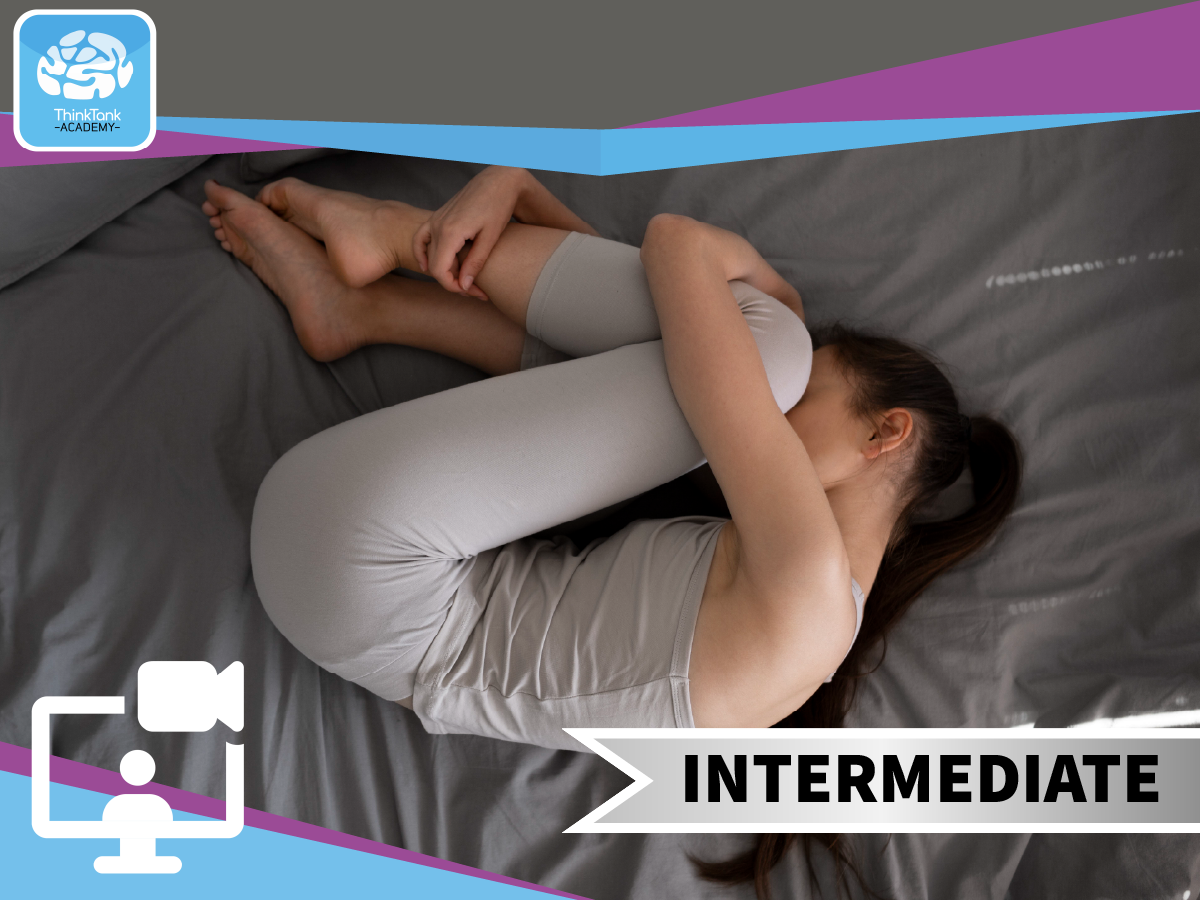

Mental Health First Aid - Adult and Children's Care - Intermediate Level
Course Overview Mental Health First Aid - Adult and Children's Care - Intermediate Level training course provides progression from the First Aid Foundation and Essential Level courses. This one-day course trains delegates to be mental health first aid champions. Delegates will gain an understanding of common mental health illnesses and be given the confidence to promote mental health awareness. The course gives delegates the ability to spot signs of mental ill health and the skills to support positive wellbeing for themselves and others. The course features a range of group work, activities including role play and discussions to enhance learner skill development. This course offers a blended learning approach including a short scenario, a workbook, infographics and a classroom style training session. This course can be delivered in face-to-face classroom environment or a virtual classroom via a webinar: on PC, laptop etc. For mobile phones it is recommended to use the app for IOS or Android devices. Aims & Objectives Understand about Mental Health First Aid Demonstrate knowledge about mental health and stress in the workplace Explain impacts that alcohol, drugs have on mental health Applying the Mental Health First Aid action plan Building a mentally healthy workplace Early warning signs of mental ill health Course Audience This is a cross sector course for anyone who understands the benefits of having a Mentally Healthy workplace.




Exploitation Awareness - Children's Care - Essential Level
Course Overview Exploitation Awareness - Children's Care - Essential Level training course is designed to highlight the fact that Child Exploitation refers to a child or young person being used for someone else’s gain and that Child exploitation is a form of abuse which can involve sexual, abusive or manipulative behaviour. This course supports practitioners to recognise the indicators and respond appropriately to individuals that are being Exploited. It includes the ‘grooming process’ and how perpetrators manipulate young people into inappropriate relationships and risky behaviours It incorporates the relevant legislation around Exploitation and provides advice on how to support children and young people who have suffered this type of abuse and some excellent resources around Exploitation and who we can signpost to. This course can be delivered in face-to-face classroom environment or a virtual classroom via a webinar: on PC, laptop etc. For mobile phones it is recommended to use the app for IOS or Android devices. Aims and Objectives Give an understanding of the scale of the issue CSE and CCE Include a background of exploitation Recognise the stages of grooming Identify the signs of CSE and CCE Recognise the lessons learned from the Rotherham Raise awareness of County lines Push/ Pull Factors Protocols Resources & Links Course Audience All practitioners that engage with Children and Young People in the workplace (sports, education, health and social care, criminal justice, hospitality, retail, Guides/ Scouts, Volunteers etc).
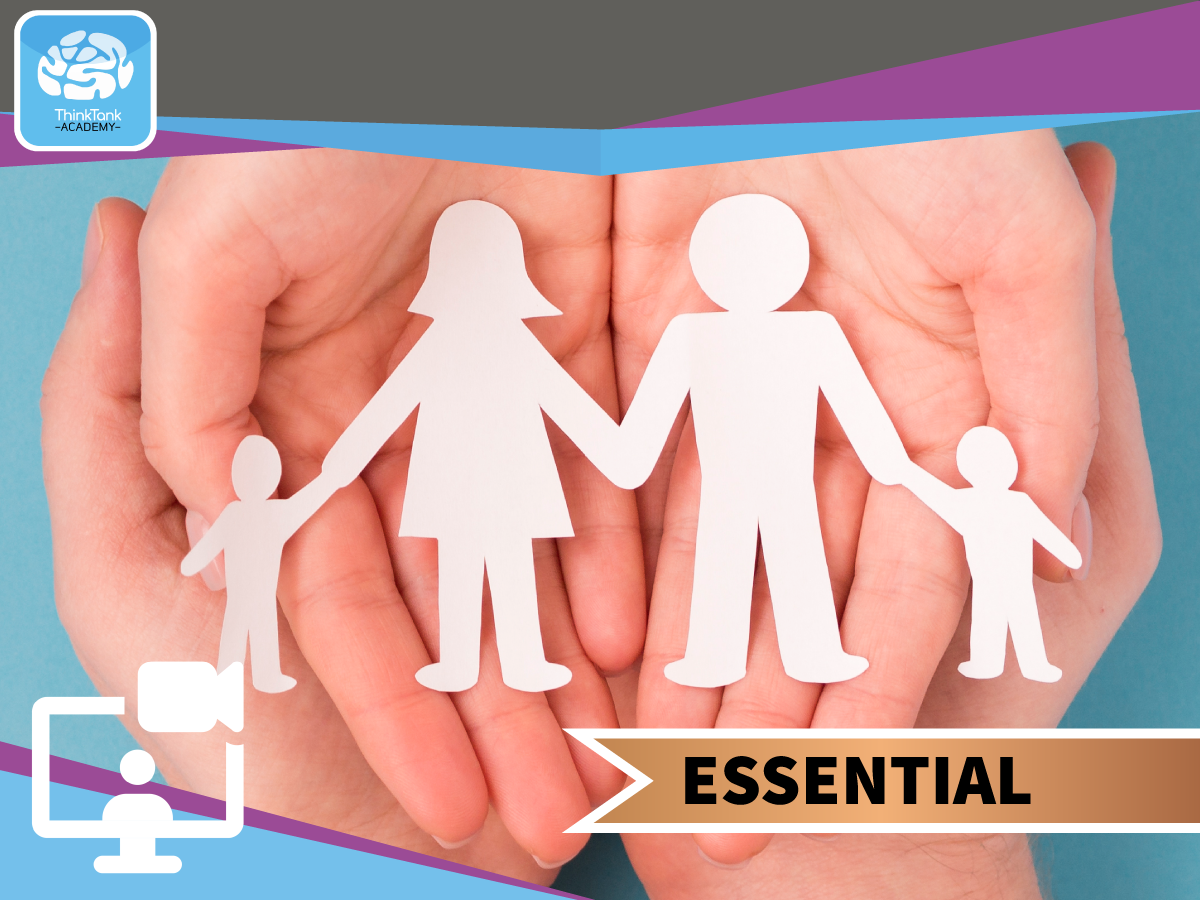

Safeguarding Children - Children's Care - Essential Level
Course Overview This course provides progression from the Safeguarding Children Foundation Level Online course. This is a training session for people working with children and young people. Learners will be encouraged to think about their responsibilities in safeguarding, the process to follow when allegations and disclosures are made and how to respond to poor practice. The course features a range of group work, activities and discussions to enhance learner skill development. This training session can be accessed via a link and is accessible from a range of devices including IOS and Android platforms. This course offers a blended learning approach including a short scenario, a workbook, infographics and a classroom style training session. Aims & Objectives Understanding what Safeguarding means in relation to Children Identify why children are vulnerable and what the signs and indicators are Understand how to respond and record and what needs to be reported Identify what poor practice and what unsafe practice looks like Understand how to whistle blow and what this means Introduce the Complaints Procedure and policies in relation to this Course Audience Health Care Workers, Social Care Workers, Support Centre Practitioners, Youth Workers, Children’s Support Worker, Nursing Staff, Residential Care Staff, Teachers, Psychologists and Assistants, Nursery Workers
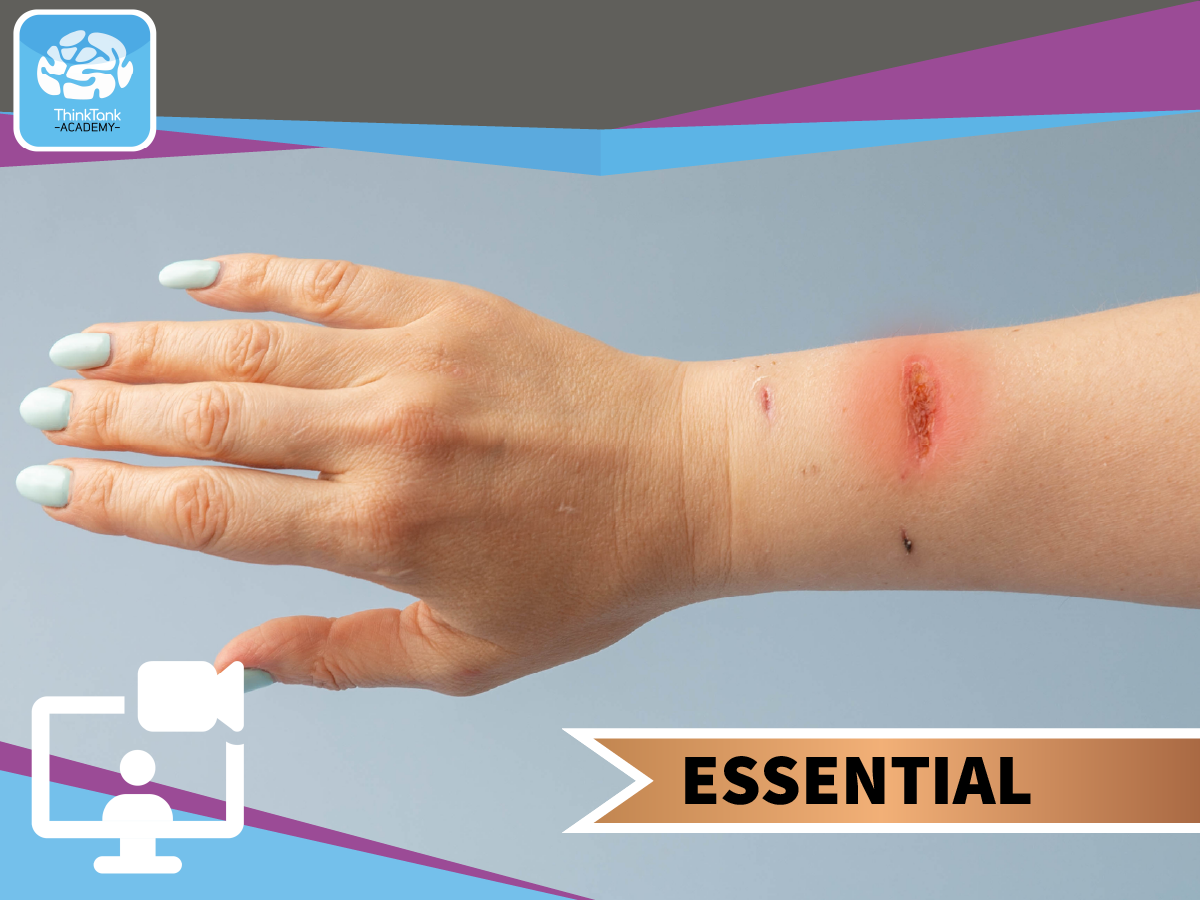

Self-Harm Awareness - Children's Care - Essential Level
Course Overview Self-Harm Awareness - Children's Care - Essential Level training course outlines the basic understanding of self-harm and suicide. It explores ways to prevent and reduce harm caused by children and young people within the work environment. Included are different strategies and techniques to be referred and incorporated into practice. Learners will be able to identify common signs and symptoms of an individual who self-harms as well as be able to relate to the likelihood of individuals to attempt suicide. It has been designed to develop tools and techniques to be used to respond to self-harm and suicide ideation. This course can be delivered in face-to-face classroom environment or a virtual classroom via a webinar: on PC, laptop etc. For mobile phones it is recommended to use the app for IOS or Android devices. Aims & Objectives Give an understanding of self-harm and suicide Understand the associated risk factors Explore harm minimisation and prevention Increase our confidence Provide tools and techniques to respond to suicide ideation and self-harm Resources & Links Course Audience This course is designed for people who work in the social care sector with children and young people who may be at risk of self-harm or suicide.




Exploitation Awareness - Children's Care - Essential Level
Course Overview Exploitation Awareness - Children's Care - Essential Level training course is designed to highlight the fact that Child Exploitation refers to a child or young person being used for someone else’s gain and that Child exploitation is a form of abuse which can involve sexual, abusive or manipulative behaviour. This course supports practitioners to recognise the indicators and respond appropriately to individuals that are being Exploited. It includes the ‘grooming process’ and how perpetrators manipulate young people into inappropriate relationships and risky behaviours It incorporates the relevant legislation around Exploitation and provides advice on how to support children and young people who have suffered this type of abuse and some excellent resources around Exploitation and who we can signpost to. This course can be delivered in face-to-face classroom environment or a virtual classroom via a webinar: on PC, laptop etc. For mobile phones it is recommended to use the app for IOS or Android devices. Aims and Objectives Give an understanding of the scale of the issue CSE and CCE Include a background of exploitation Recognise the stages of grooming Identify the signs of CSE and CCE Recognise the lessons learned from the Rotherham Raise awareness of County lines Push/ Pull Factors Protocols Resources & Links Course Audience All practitioners that engage with Children and Young People in the workplace (sports, education, health and social care, criminal justice, hospitality, retail, Guides/ Scouts, Volunteers etc).
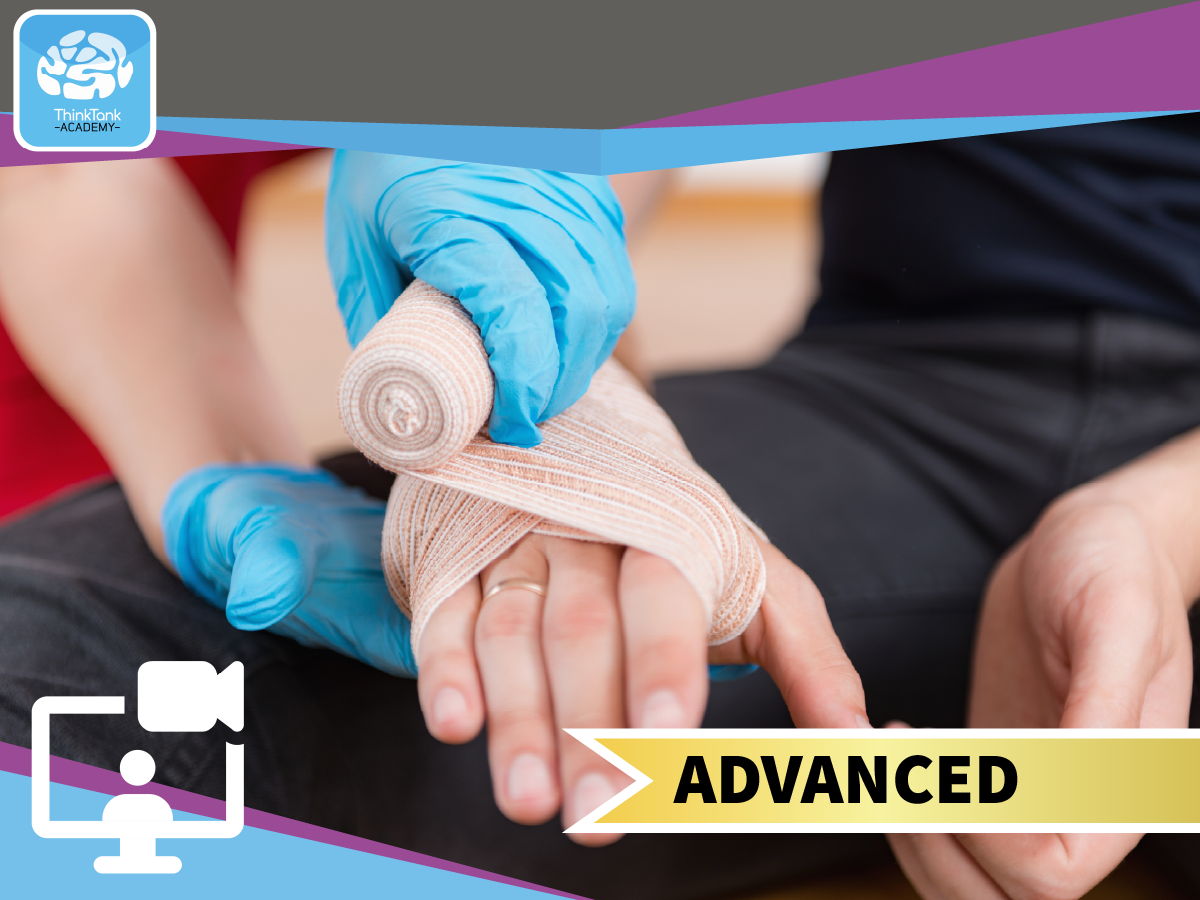

First Aid at Work - Adult and Children's Care - Advanced Level
Course Description First Aid at Work - Adult and Children's Care - Advanced Level - 2 Day Course training course is designed specifically to train people face to face, who are required to be First Aiders at Work. It includes all aspects of First Aid including CPR and the use of defibrillators. It gives an in-depth insight into various illnesses, diseases, conditions, and injuries that are commonly seen in the workplace. There is an element of both practical competency and First Aid knowledge included which gives the learners the best chance possible of helping a person who is injured, the prevention of further injuries and even saving lives. The use of equipment is involved in the course along with demonstrations of treating and bandaging injuries and wounds, stemming bleeds and how to deal with a person who is choking. This course can be delivered in face-to-face classroom environment or a virtual classroom via a webinar: on PC, laptop etc. For mobile phones it is recommended to use the app for IOS or Android devices. Aims and Objectives To provide candidates with the knowledge and expertise to qualify as a first aider within the workplace Describe your actions in an emergency Demonstrate the management of the unresponsive casualty Demonstrate adult resuscitation including use of the AED Describe how to recognise and treat bleeding and shock Explain the management of adult choking Explain the treatment of minor and major injuries Course Audience This course is designed for anyone who is required to be a First Aider in the Workplace.




Safer Recruitment - Children's Care - Intermediate Level
Course Overview Safer Recruitment - Children's Care - Intermediate Level training course is a training session for people working with children. This course is for those working in Safer recruitment, safer recruitment is a set of practices to help make sure your staff are suitable to work with children. It’s a vital part of creating a safe and positive environment and making a commitment to keep children and safe from harm. The course features a range of group work, activities and discussions to enhance learner skill development. This course offers a blended learning approach including a short scenario, a workbook, infographics and a classroom style training session. This course can be delivered in face-to-face classroom environment or a virtual classroom via a webinar: on PC, laptop etc. For mobile phones it is recommended to use the app for IOS or Android devices. Aims & Objectives Assessing the risks that safer recruitment can pose to children Support your team in Managing Safer Recruitment Understands why it’s important to develop child protection and safeguarding measures and that you have support from the highest level in your organisation Develop a robust safeguarding and safer recruitment policy Outline expectations and behaviours that are acceptable within your organisation Selecting the right staff Course Audience Psychologists, Teachers, Speech Therapists, Learning Support Assistants, Residential Social Workers, Health Care Workers, Social Care Workers, Support Centre Practitioners, Youth Workers, Support Worker, Nursing Staff, Children’s Residential Care Workers.